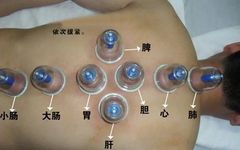Click to follow the "National Essence Medicine Lecture Hall" above
Click to follow the "National Essence Medicine Lecture Hall" aboveDisease inquiry, health guidance, classic wellness, no need to seek help when ill……
Recommended Quality Public Account:

National Medicine Lecture HallFind acupoints, open meridiansFollow
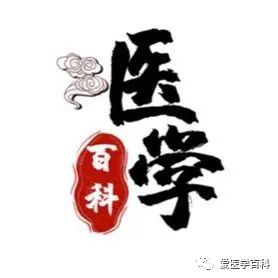
Love Medical Encyclopedia
Acupuncture for pain relief, expert videos
Follow
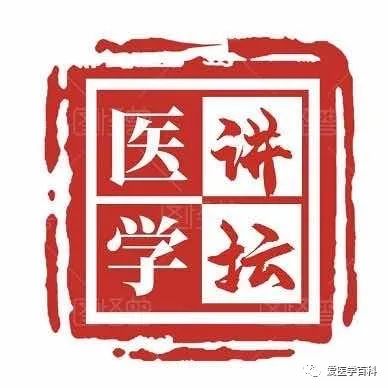
Love Medical ForumBone resetting, expert videosFollow
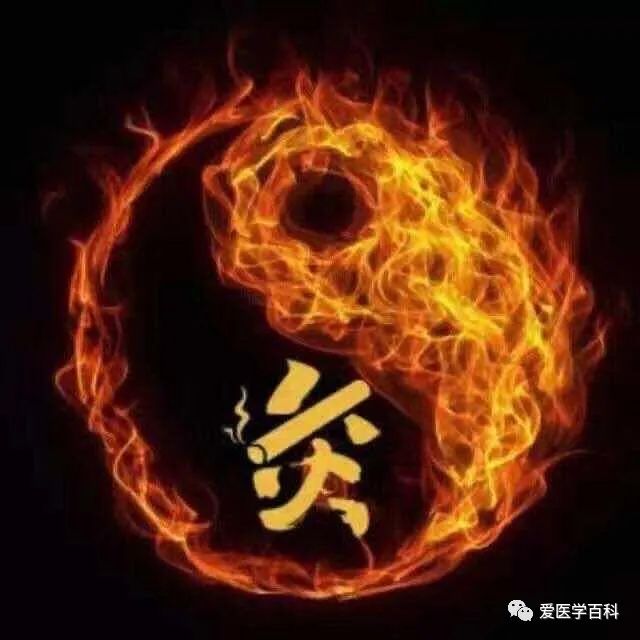
Jiu Yi Jiu
Moxibustion wellness guide
Follow
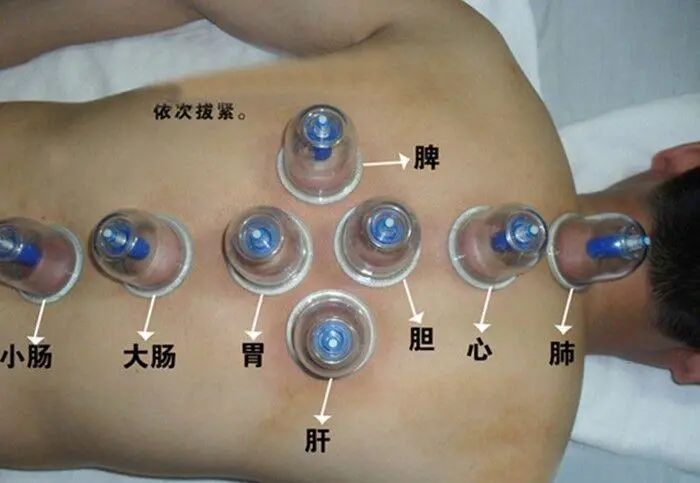
Cupping therapy can unblock the body’s meridians, balance Qi and blood, regulate the endocrine system, and promote gastrointestinal motility, thereby improving digestive function. It accelerates metabolism, reduces superficial body fat, and eliminates deep internal fat, providing a green weight loss method while maintaining health.
Below, we will introduce several cupping methods.
Retention Cupping Method
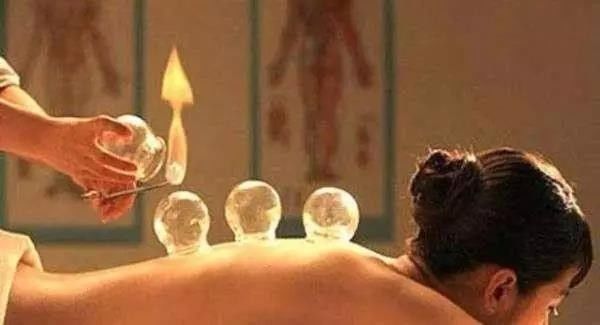
The retention cupping method is the most commonly used method in cupping therapy, also known as the sitting cupping method, which involves placing the cup on the skin and leaving it for a period of time.
More wellness knowledge
Please click the card below to follow

The retention time is 5 to 20 minutes, depending on the patient’s condition, the disease, and the season.
Two forms of retention cupping
1. Single cup method, which uses a single cup, suitable for small areas of pathology.
2. Multiple cup method, which uses multiple cups, also known as the排罐法 (排罐法, 排罐法). Cupping is generally applied along the muscle bundles, nerves, or meridian pathways.
If the body is strong, the cups can be placed closely; if the body is weak, the cups should be spaced further apart. This is suitable for broader areas of pathology.
Flash Cupping Method
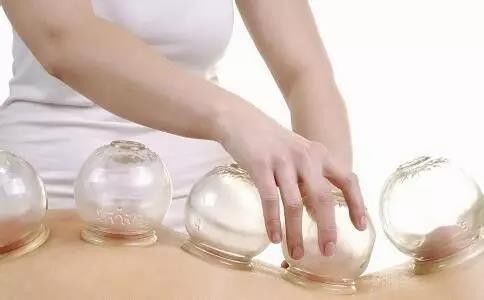
The flash cupping method involves holding the cup in one hand and using tweezers to hold a cotton ball soaked in alcohol or a cotton ball tied to a wire, igniting it and immediately removing it, quickly placing the cup on the patient’s affected area, and then immediately removing it, repeating this process several times until the skin becomes red and bruised.
This method is suitable for areas where the muscles are relatively relaxed.
Sliding Cupping Method
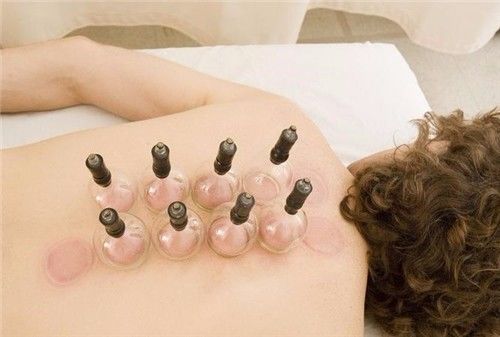
The sliding cupping method is also known as the推罐法 (tuī guàn fǎ, pushing cupping method) or 拉罐法 (lā guàn fǎ, pulling cupping method).
Select a cup with a larger opening, thicker walls, and a smooth, undamaged surface. Then, apply a thin layer of lubricant, such as liquid paraffin, petroleum jelly, or other plant oils, to the area where cupping will be performed.
After using the flash fire method or throwing fire method to apply the cup to the skin, hold the bottom of the cup and slightly tilt the cup body to slowly push back and forth.
More wellness knowledge
Please click the card below to follow

The direction can be forward, backward, left, right, and can also be rotated.
Repeat several times until the skin becomes red and bruised. This method is suitable for large, flat areas of the body with thick, firm muscles, such as the back and waist.
Colors of Cupping Marks
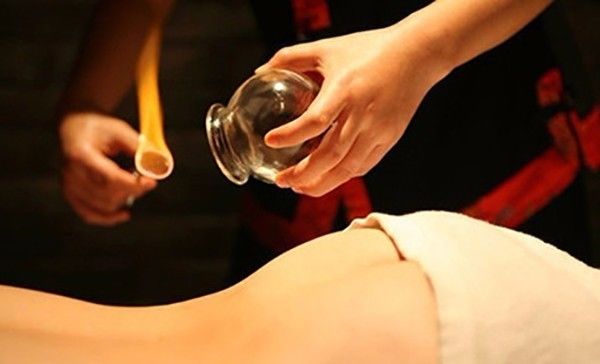
-
The cupping mark is dark black: generally indicates insufficient blood supply, poor circulation, and the presence of blood stasis.
2. The cupping mark is purple-black: generally indicates insufficient blood supply, poor circulation, and blood stasis.
3. The cupping mark is purple with spots: generally indicates cold coagulation and blood stasis syndrome.
4. The cupping mark shows scattered purple dots of varying shades: indicates Qi stagnation and blood stasis syndrome.
5. The cupping mark is bright red: generally indicates Yin deficiency, Qi and blood deficiency, or Yin deficiency with excessive fire.
6. The cupping mark is red and dark: indicates high blood lipids and the presence of heat evil.
7. The cupping mark is gray-white and feels cold to the touch: often indicates deficiency cold or damp evil.
8. The cupping mark has skin patterns or mild itching: indicates wind evil or damp syndrome.
9. There is moisture on the inner wall of the cup: indicates dampness in that area.
10. The cupping mark has blisters: indicates heavy internal dampness; if the blisters contain blood, it is a reaction to damp-heat toxin.
Precautions for Cupping
▲ Do not take a shower or drink cold beverages within two hours after guasha or cupping; if showering after two hours, use hot water.
▲▲ Do not use air conditioning or fans during guasha or cupping to avoid air convection.
▲▲ Do not perform cupping when overly full, hungry, or excessively thirsty; wait an hour after meals before cupping.
Disclaimer: The content of the article, if it involves formulas or therapies, is for reference only. Please do not use it indiscriminately. The article and images are sourced from the internet; if there is any infringement, please contact for removal.
Scan the QR code to follow the public account. Previous popular articles:
Scan the QR code to follow the public account. Previous popular articles:
